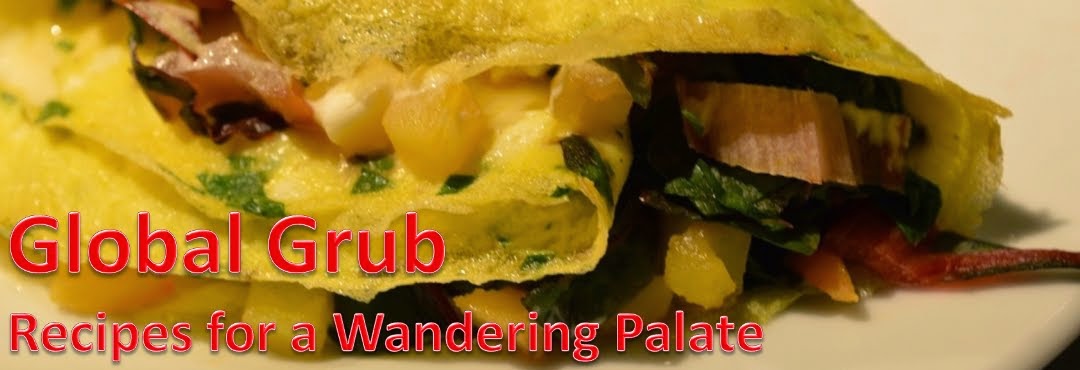Chives - let's talk about them. How many kinds of chives can you name? Is it one - the tiny ones that you buy in little plastic packs and put on baked potatoes? If so, then congratulations - you are officially an ignorant American, like me! As it turns out, there are multiple varieties of chives, and while surfing the internet I came across this recipe that looked like it would help me further unravel the Mystery of the Unnamed Produce that I usually encounter at the asian grocery store. My journey into madness learning about garlic chives spanned multiple weeks and was very informative, so I'd like to share, in the hopes that you, the hungry reader, can better jump into the world of proper produce selection.
 |
| These are the correct chives - gau choy (right), and gau wong (left) |
First of all, I had to make this recipe twice. I was so excited about the prospect of buying "asian chives" (which isn't really a thing, they're actually called "garlic chives": A
llium tuberosum) instead of American chives (which I will refer to as baked potato chives, or BP for short:
Allium schoenoprasum), that I grabbed the first thing that looked like chives at the asian store and got the heck out of there. This led to a disappointing, bland dish, which gave me pause to do a bit of digging and discover that there are actually 3 kinds of Chinese / garlic chives you can get from the asian grocery store, all of which are
from the same plant, and all are about 12 - 18" long packs of thin-stemmed green (or yellow) things:
- Flowering chives (gau choy fa). These have a rounded base and the purple / green buds at the top, and look like a larger version of BP chives. Apparently they have much less flavor than the others.
- Standard garlic chives (gau choy, kow choi, jiu cai, nira) are broad, flat leaves that are much more delicate than the flowering variety, and are much more edible as a plant when stir-fried quickly. Both of these have a very pronounced garlic flavor, though these are almost similar to ramps in their consistency.
- Yellow chives (gau wong, jiu huang, kow won, "albino chives") are like white asparagus - grown without sunlight by heaping dirt on them, they don't develop chlorophyll, so they never turn green. They also are milder in flavor, and taste more like onions than potent garlic. They're also significantly more expensive - $15 / pound near me!
Let's look the other way about how I completely ignored the recipe the first time I made this, purchasing
gau choy fa and hoping for magic, when all I ended up with was a plate of pork and tree stems. Instead, we'll focus on the second version of this dish, which ended up being a culinary rockstar - packed with garlic flavor and vibrant colors, yet inherently simple in its construction and very authentic in its rustic components.
 |
| These are flowering garlic chives. Not at all the correct chives, these were woody and bland |
 |
| The incorrect version looks decent, but it's not what the recipe intended |


